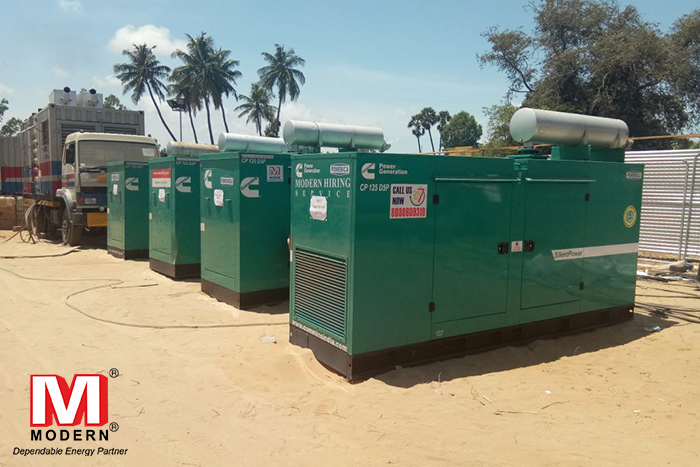
Standby vs Prime Generators
First, it’s critical to comprehend these terminologies before examining the distinctions between Primary and Standby Generators. It’s important to keep in mind that rating definitions go beyond just “Prime” or “Standby Power,” and include things like “Continuous Power,” “Limited Time Running,” and “Emergency Standby Power.” Although there may be minor variations in the criteria used by the various generator manufacturers, the following typically applies to the ratings for primary and standby power:
- The maximum amount of time with the most power possible for a changing electrical load. One hour in twelve is accessible with a 10% overload.
- Limitations are frequently imposed on both the overload operation, which is normally limited to a maximum of twenty-five hours per year, and the expected average of the fluctuating load, which is often 70 percent of total of the prime power.
- When the load is constant, such as when exporting to the grid, COP is utilized instead of the Prime Power specification. Sometimes even the grade of LTP is used in favor of COP when the total number of hours spent at a non-variable load is constrained and lower than COP.
- When the regular supply of power is interrupted, standby power is the maximum power that may be used with a changing load. A Standby rating has no overload option.
- Limitations are normally set on the average load, which is generally 70 percent of the standby ratings, and on the number of hours that may be worked annually, which is typically 500 hours but can occasionally be 200 hours.
Uses for Primary and Standby Power:
Primary Power is the primary source of electricity on the property, whilst Standby Power is to be utilized in case the primary source of electricity fails. When the Grid experiences a power loss, or a power cut, standby generators are used primarily as emergency power.
Important distinctions between primary and standby power:
Primary Powered Generators are operated often. Gas supply and upkeep are therefore vitally essential. Since the standard fuel tanks on most generators are only intended for brief runs, usually between 6 and 10 hours, longer runs will necessitate an externally attached fuel tank. Depending on how long you want to operate the generator, these tanks range in size from 500 liters to more than 20,000 liters.
Although they can be as minimal as 250 hours for some engines, maintenance intervals on the majority of generators are 500 hours. Early project planning and consideration of maintenance can help reduce future costs and downtime while also reducing downtime. The generator must be accessible from all sides.
Standby generators are built to function when the primary power source, which is often the Grid, fails. A transfer switch is necessary to switch the power from the malfunctioning supply to the generator. A variety of signal cables, such as the auto start signal and up to speed signal, may need to be installed and programmed in order to ensure that the generator communicates with the transfer switch.

